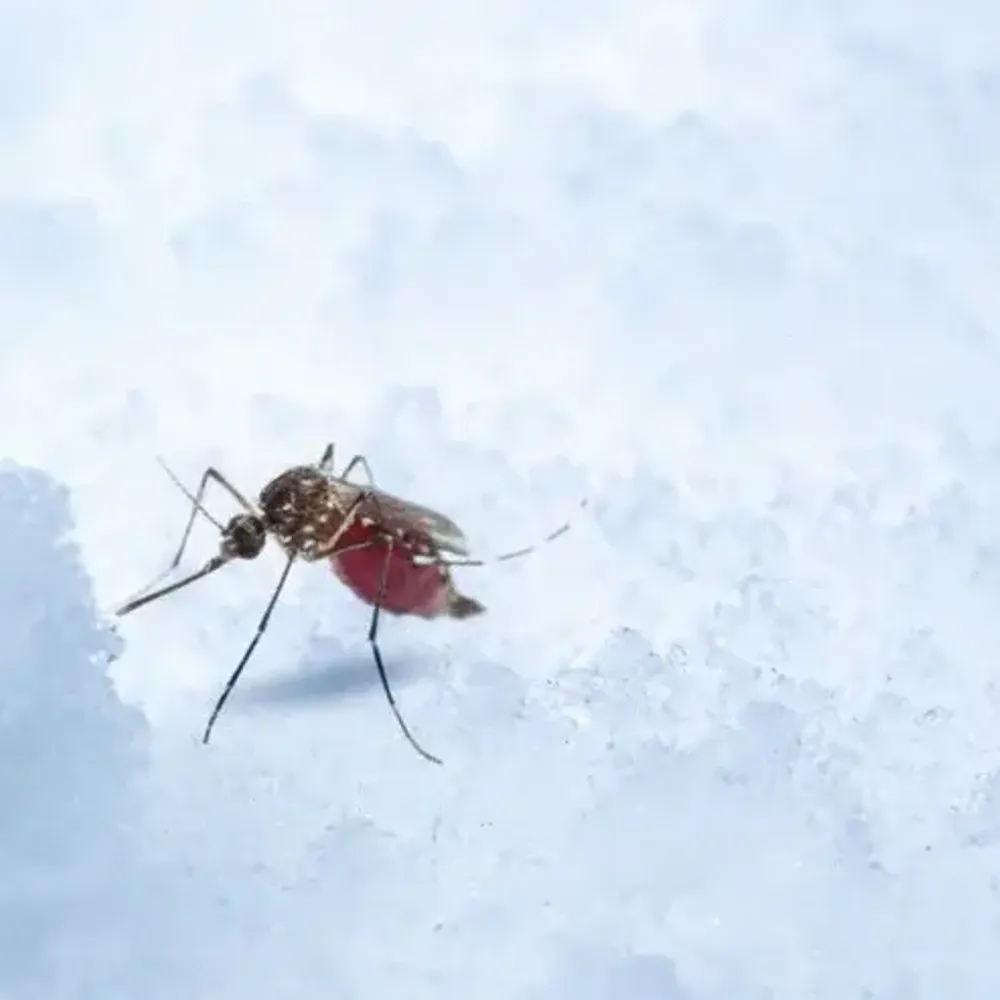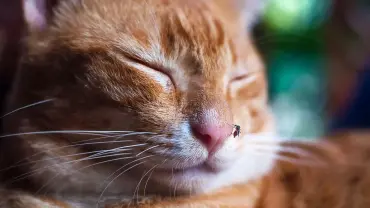-

Thermacell® Introduces the E65 Rechargeable Mosquito Repeller + Fast Charging Dock to Extend Your Time Outdoors
18 mars 2025 -

Unmosquito Your Life – Thermacell Announces Summer-Long Sale for its Best-Selling Rechargeable Mosquito Repeller
1 mai 2024 -

Mosquito Management Strategies for Your Home | Thermacell
22 avr. 2024

The “ideal conditions” for mosquitos include consistently warm temperatures ranging from 60° F (15.5° C) - 80° F (26.6° C) and moderate-to-high humidity levels. The optimal temperature for mosquito activity is generally in the 70° F (21° C) range. When conditions are too hot and dry or too cold and wet (think freezing bodies of water), the mosquito index will begin to decrease.
When the temperatures drop below 50° F (10° C), mosquitoes become inactive, while some have adapted to actually hibernate, others die.
Once the colder weather sets in, female mosquitoes will mate one last time. While the males then die, adult female mosquitoes can survive the winter months.
Females will either lay their eggs in a place that can withstand the elements until the following Spring, and then die—or they will go into hibernation themselves. Often they burrow into the ground, in trees, logs, or even indoors in a garage or basement that serves as an ideal shelter during hibernation. When the weather warms up they re-emerge and lay their eggs to start the life cycle and a new mosquito season all over again. =
Here are a few tips on how to disrupt potential mosquito hibernation shelters:
- Drain any places that could hold stagnant water perfect for mosquito-breeding or hibernating eggs such as buckets, cans, flower pots.
- Get rid of or fill in hollow logs and holes in the ground.
- Clean out gutters and downspouts
- Wipe down surfaces that frequently hold water (e.g. patio furniture)
Catégories: Questions & Answers
Publications connexes

Why do mosquito bites cause different reactions?


